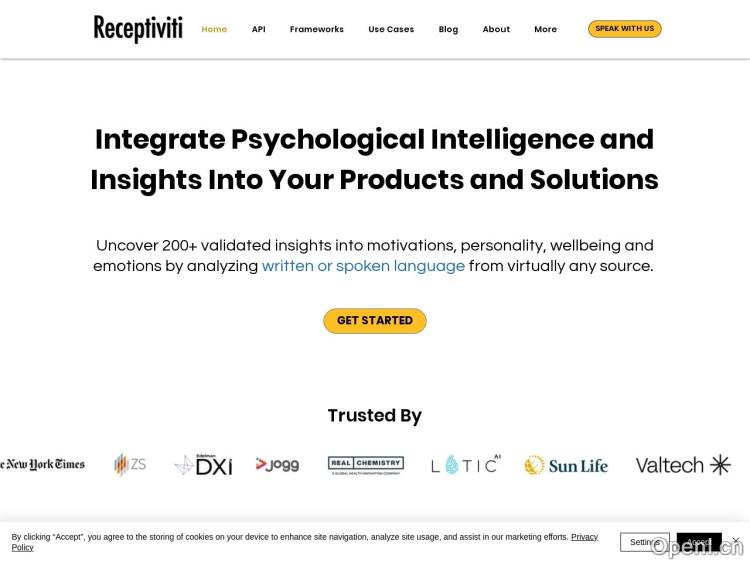
How to Compare Profit-Sharing, Fees, and Rules Across Instant-Funded Firms
“Your skills deserve the best funding partner—pick smart, trade smarter.”
The rise of instant-funded prop trading firms has been one of the most talked-about shifts in the trading world lately. For years, traders needed to grind through challenges or prove themselves over months before touching significant capital. Now, with instant funding models, the game has changed—more people can step onto the trading floor without the long audition process. But the same speed that opens doors also hides traps in plain sight. Different firms dress up their offers in flashy slogans and “win big, fast” promises, yet their profit splits, fee structures, and rules can vary wildly. One wrong choice and a promising trading journey can turn into a frustrating dead end.
So, how do you cut through the noise and actually compare what matters?
Profit-Sharing: The Real Take-Home Pay
The headline number—like “You keep 90% of profits!”—can be seductive. But profit-share is more than just the percentage. The key is how this number interacts with scaling plans, payout frequency, withdrawal limits, and your trading style.
For example, two instant-funded firms might both offer an 80% split. One lets you withdraw profits weekly with no cap, the other holds payouts until certain growth milestones are met. If you trade short-term moves on forex or crypto, frequent access to earnings can support reinvestment and keep your strategy alive. On the other hand, long-term position traders might prefer a model where payouts are less frequent but scaling capital is quicker.
Industry veteran Martin Keller once said, “A high split at the wrong time is worth less than a lower one you can actually use.” That’s worth keeping in mind when the percentage looks too pretty.
Fees: More Than Just the Entry Ticket
Instant funding usually comes with upfront costs—sometimes disguised as “processing” or “membership” fees. This is where the devil lives in the details. Cheap entry doesn’t always mean better; it might mean tighter rules, slower payouts, or higher commission spreads.
Some firms keep entry fees low but recover costs by charging per asset type. Trade indices? Here’s your extra handling fee. Want to hold commodity positions overnight? There’s a swap rate you won’t see until your account statement. This is why comparing fee structures should feel like reading the fine print of a lease—you check what’s included, what’s extra, and what’s hidden.
Think of it like a gym membership: there’s the monthly cost, but also the “optional” training packages, locker fees, and printing your contract every time you run into trouble. In trading, the optional extras can eat into profit quicker than a losing trade.
Rules: The Invisible Hand on Your Shoulder
Instant-funded models let you skip long evaluations, but they often compensate with strict trading rules. Daily drawdown limits, maximum lot sizes, weekend holding restrictions—these can dramatically shape your strategy.
If you’re trading fast-moving crypto during global market hours, a firm that forbids weekend positions could clash with your edge. If you swing trade commodities or stocks over multi-day setups, daily stop-loss rules might force premature exits even on healthy positions.
For multi-asset traders—forex in the morning, stocks at midday, crypto overnight—flexibility is gold. A rule set that matches your mixed schedule can save you from adapting to an unnatural rhythm, which often triggers bad decisions and overtrading.
The Bigger Picture: Prop Trading Meets the Future
Right now, prop trading is riding alongside broader shifts in finance—decentralized exchanges, tokenized assets, and AI-assisted trade execution.
In decentralized finance (DeFi), capital can move faster without a central authority, but lack of regulation brings new risks: smart contract bugs, flash-loan exploits, or liquidity crunches during volatile markets. The next wave is likely to merge prop trading with blockchain-based funding pools, letting firms issue tradable “capital shares” directly via smart contracts.
Meanwhile, AI-driven analytics is already reshaping how traders read markets. Tools that auto-detect high-probability setups or simulate trade outcomes across thousands of scenarios can compress decision time from minutes to seconds. Instant-funded firms adopting these tech edges will likely attract top talent—not just with capital, but with intelligence infrastructure.
Quick Strategy Tips for Evaluating Firms
- Cross-match offers to your trading style – Scalp traders care about low spreads and frequent payouts; swing traders need flexible holding rules.
- Simulate fees against your profit projections – An 80% split means nothing if fees eat half.
- Investigate the firm’s reputation and payout history – A good percentage isn’t much if payouts are delayed.
- Check rule compatibility – Weekend or overnight restrictions can alter your edge in multi-asset trading.
Catch the Right Wave, Not Just Any Wave. Choosing between instant-funded prop firms isn’t about chasing the highest split or lowest fee—it’s about finding the one that fits your rhythm, assets, and long-term plan. When you weigh profit-sharing, fees, and rules in a realistic context, you protect your edge before you even place a trade.
The market will keep evolving—forex, stocks, crypto, options, commodities—all getting pulled into new tech currents. Decentralized contracts and AI-driven strategies are changing how capital flows and decisions are made. Instant funding is here to stay, but the winners will be traders who treat firm selection as strategically as their trades.
Trade capital, not chances—find the funding partner that moves at your speed.
If you’d like, I can also make a side-by-side comparison table of typical profit-splits, fees, and rule sets from well-known instant-funded firms so the article works as a resource guide. Do you want me to add that?